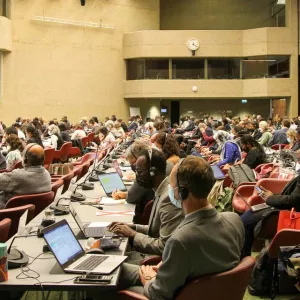From Aichi to Beyond: The Future of Global Biodiversity
The Convention on Biological Diversity (CBD) has been a cornerstone of global efforts to conserve biodiversity. As we get ready for another crucial Conference of the Parties (COP), we must reflect on the journey so far, the lessons learned, and the path forward. A Historical Perspective Before the CBD, various international agreements aimed to protect specific species or

From Aichi to Beyond: The Future of Global Biodiversity
The Convention on Biological Diversity (CBD) has been a cornerstone of global efforts to conserve biodiversity. As we get ready for another crucial Conference of the Parties (COP), we must reflect on the journey so far, the lessons learned, and the path forward.
A Historical Perspective
Before the CBD, various international agreements aimed to protect specific species or ecosystems: Conventions on wetlands (Ramsar), endangered species (CITES), migratory species (CMS) and World Heritage (WHC). However, a comprehensive framework was missing. Recognizing this gap, the CBD was established in 1992, providing a global platform for biodiversity conservation.
Since then, 15 conferences of parties to the convention (COPs) have been held biannually to further develop a common global plan to protect biodiversity across the world. The Aichi Biodiversity Targets -proposed at COP10 held in Aichi, Japan in 2010, and supported by all the 196 parties of the Convention – should have been reached by 2020. Yet, a stock-take found that of the 20 targets, not a single one was fully achieved, and only six were partially met.
There are many questions to ask, such as why there was such limited progress; and, more importantly, what can we do to accelerate change? Looking back to learn from the past, we now know that a lack of clearly defined metrics of progress made the Aichi goals difficult to implement, and a key priority is to have an agreement on robust monitoring, planning, reporting and review.
Another important piece of this puzzle is the lack of public awareness on the importance of biodiversity to sustain life on Earth, and because of that, the CBD’s Communication, Education and Public Awareness program (CEPA) aims to raise awareness about the importance of biodiversity for human well-being, therefore giving more political priority to biodiversity; this is also critical to enhance the uptake of the Kunming-Monreal Global Biodiversity Framework (GBF), adopted at COP15 in Montreal, Canada.

